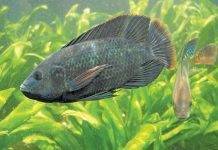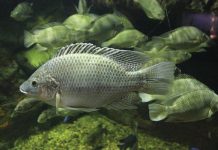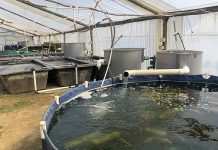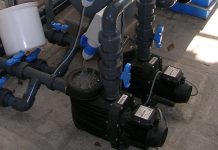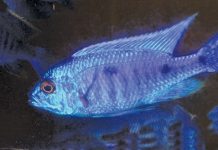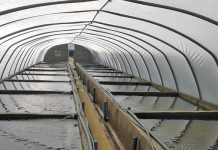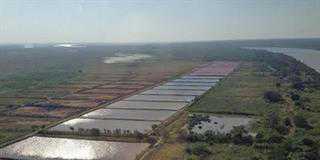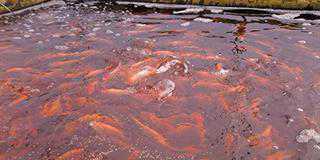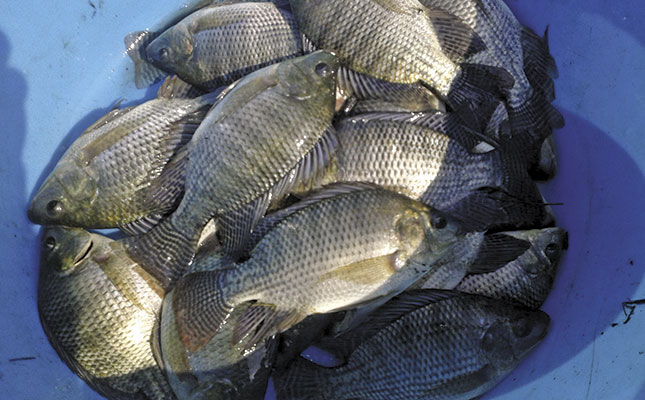
The track record of aquaculture in Southern Africa is spectacularly unspectacular. You’ve no doubt heard the old wisecrack, “How do you make a small fortune in aquaculture?” Answer: “Start with a big one.” How many times have we read about fish farms that failed? Systems that didn’t work, stock that died unexpectedly, markets that never materialised?
So it’s great when a plan comes together. Three years ago, in Burundi, we built a recirculating fish farm system for tilapia.
It was a simple, robust system with 20 grow-out tanks coupled to a serial filter. The entire system was made from local building materials, and concrete blocks and simple filtration ensured that the minimum could go wrong.
With a total water volume of around 180 000l, of which 60 000l was filtration, two swimming pool-type pumps to circulate the water, and a side-channel blower to provide aeration, we had something that could be run efficiently by relatively inexperienced staff. A small 5,5kW petrol-driven generator took care of the risk of potential power cuts, and a hatchery with several 300l rectangular tanks provided adequate space for the incubation of fry and the rearing of fingerlings.
The system was stocked with the best strain of tilapia, developed for fast growth and for good body shape. These matured at 10 months and were soon producing large quantities of eggs. Sex-reversed in the hatchery, the fry were reared to fingerling size in the grow-out tanks.
Prodigious quantities
Two shallow earth ponds of about 30m x 20m each were dug, fitted with hapa nets and stocked with adult fish to a ratio of few males to many females. Fry were produced in such prodigious quantities that it soon became apparent that the system could not accommodate all of them.
A piece of land was identified and 20 half-hectare ponds were constructed. They were designed to be fully drained, with concrete monks situated in collecting basins at the deeper ends. An irrigation canal provides a gravity feed of clean water. Weekly, each pond receives the waste from a nearby chicken farm to fertilise the water, supplemented by feed consisting of brewery waste, rice bran and fish meal. A profusion of microscopic organisms contributes to the best meal that the fish could ask for.
Good enough for the chief
Having stocked last September, and ascertained that market demand was for small fish of 200g to 300g, we started harvesting in late March.
Approximately 500kg of fish are netted daily and sorted in a floating hapa net, with the largest being sold live at the farm gate to local people. The fish are taken away in baskets, buckets and drums. Customers pay around R40/kg and call it ‘Chief’s fish’, so impressed are they with the quality. So, all you naysayers and prophets of doom, don’t tell me that aquaculture cannot be carried out successfully in this country!

